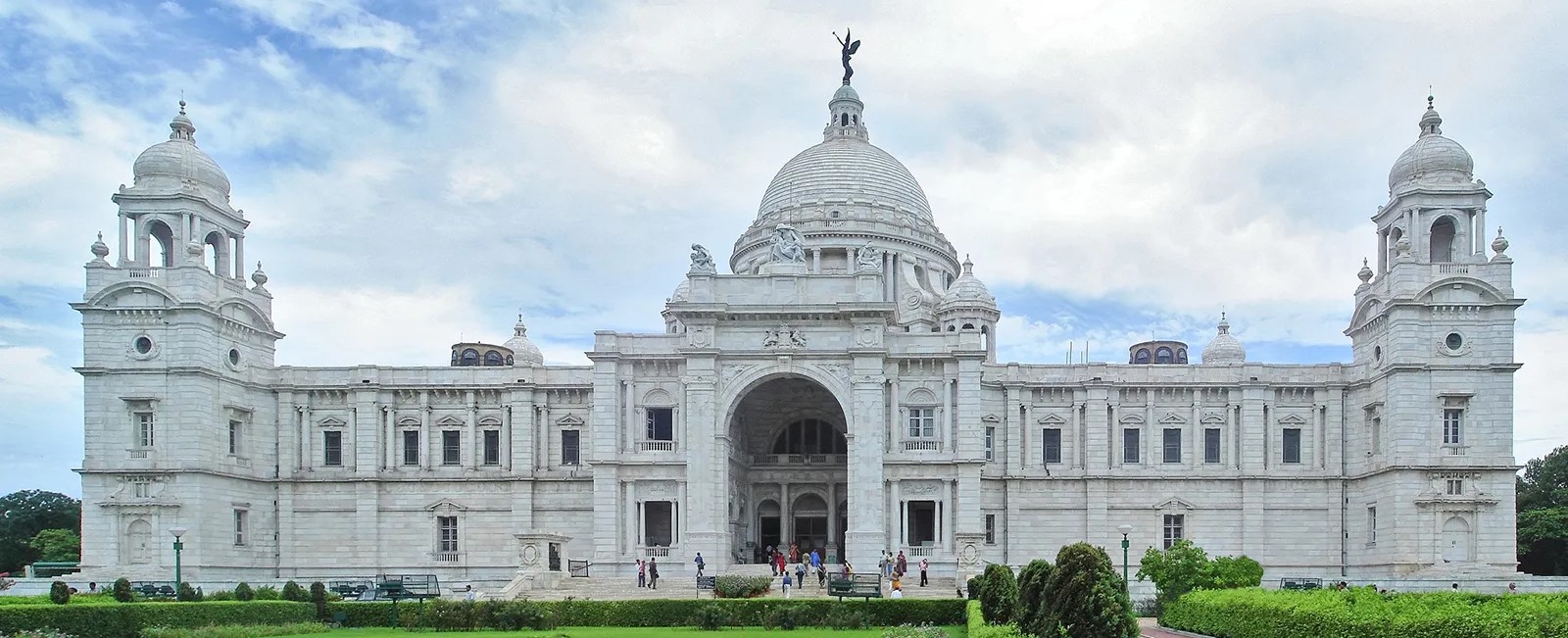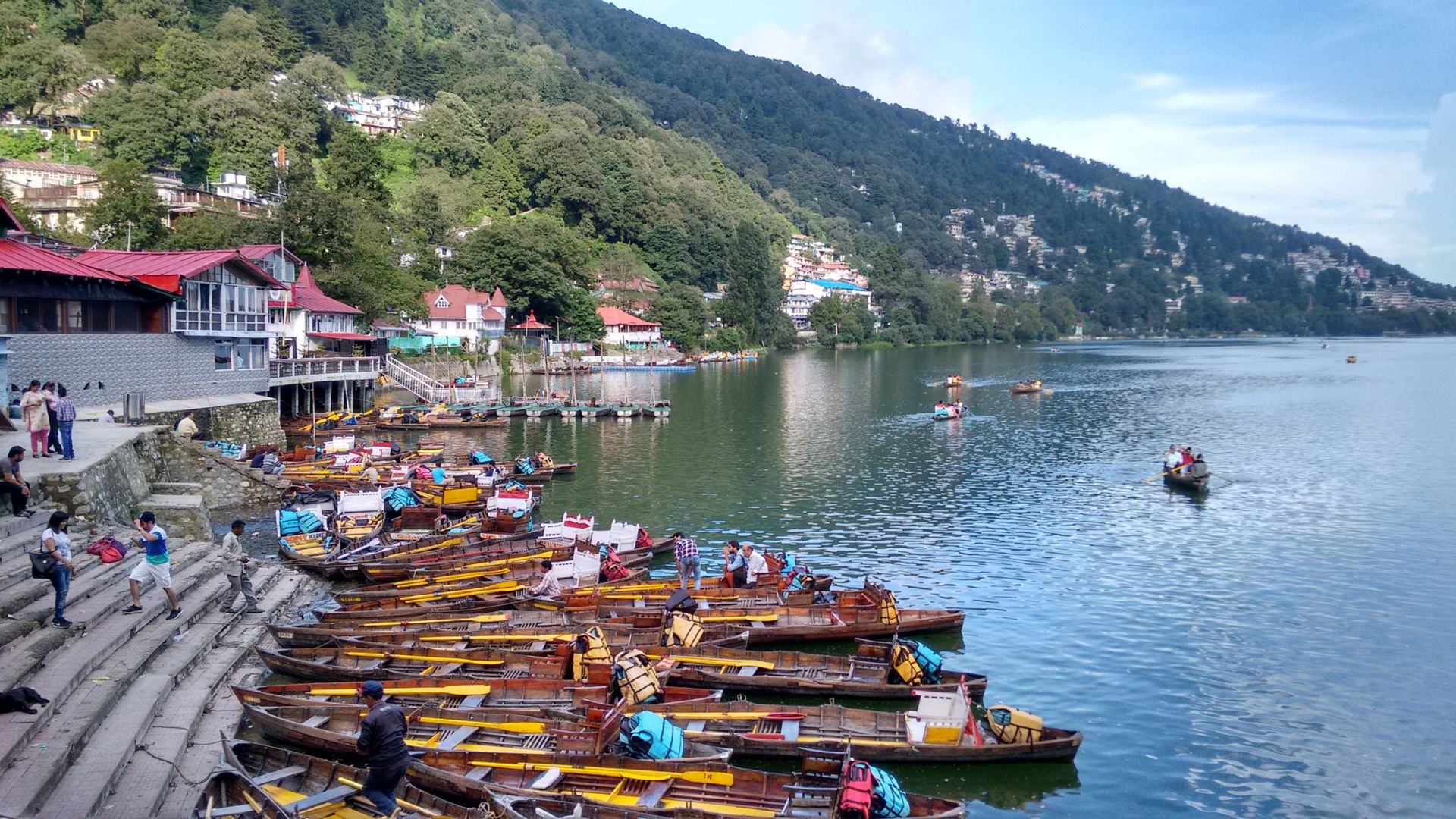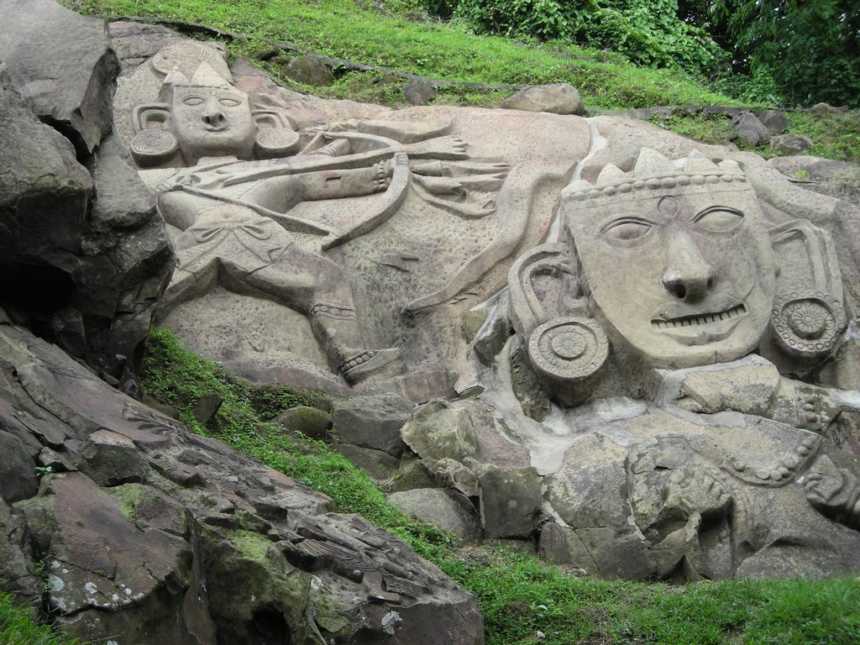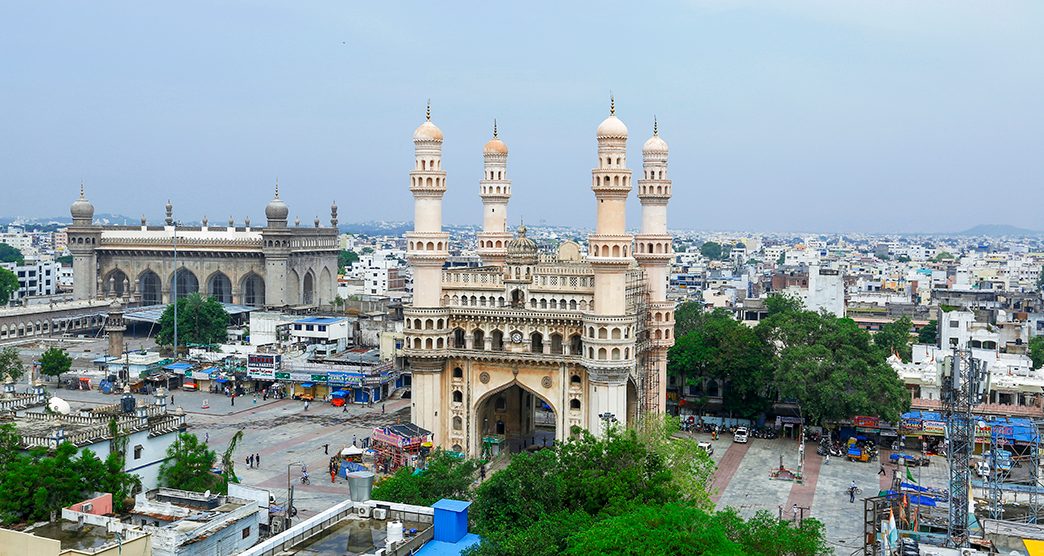
- 28 Dec 2024
- vasanth
- 12
- 3332
Taj Mahal – The Eternal Symbol of Love
The Taj Mahal, located in Agra, Uttar Pradesh, is one of the most iconic and recognized monuments in the world. A masterpiece of Mughal architecture, the Taj Mahal stands as a timeless tribute to eternal love and is a UNESCO World Heritage site. Its breathtaking beauty, intricate design, and historical significance make it one of the Seven Wonders of the World.
The Story Behind the Taj Mahal
The Taj Mahal was commissioned by Emperor Shah Jahan in 1631 in memory of his beloved wife Mumtaz Mahal, who tragically passed away during childbirth. The emperor, overwhelmed by grief, vowed to build the most magnificent mausoleum in her honor. Construction began in 1632 and took approximately 22 years to complete, with the help of over 20,000 artisans, architects, and workers.
The result is the Taj Mahal, a stunning white marble structure that combines elements of Persian, Ottoman Turkish, and Indian architectural styles. The monument is not just a mausoleum but also a representation of the profound love the emperor had for his wife.
Architectural Splendor
The Taj Mahal is an exquisite example of Mughal architecture. The entire structure is built from white marble that was sourced from the Makrana quarries in Rajasthan. The main tomb is set amidst a vast formal garden, symbolizing Paradise on Earth.
- The Dome: The Taj Mahal's most distinctive feature is its large, central dome, which rises to about 35 meters and is surrounded by four smaller domes. The dome is intricately designed, and its perfect symmetry creates a sense of balance and harmony. The marble is inlaid with precious stones, and the design of the dome symbolizes the vault of heaven.
- The Minarets: Four towering minarets surround the Taj Mahal, standing at 40 meters tall. They are slightly tilted outward, a design choice made to prevent the minarets from collapsing onto the tomb in case of an earthquake.
- The Mausoleum: Inside the Taj Mahal is the tomb of Mumtaz Mahal and Shah Jahan. While Mumtaz’s tomb lies at the center, Shah Jahan’s tomb was added later. The interiors are decorated with delicate carvings, intricate marble inlays, and beautiful calligraphy.
- The Charbagh Garden: The Taj Mahal is surrounded by a vast, meticulously designed garden that is divided into four parts by water channels. This layout represents the four rivers of paradise, as described in Islamic tradition. The garden enhances the monument’s serene atmosphere and adds to its grandeur.






